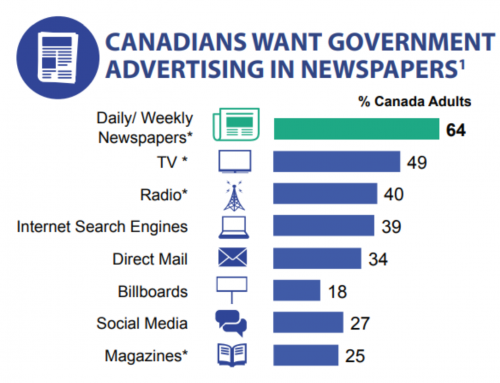RGB – Red Green Blue, is the natural colour spectrum of visible light as it is perceived by our eyes. The cone cells in our eyes are sensitive to three peak frequencies of light that correspond to these three colours in the spectrum. When these three colours combine, our eyes perceive the combination as white. Due to the nature of adding these three colours to form white, the RGB colour model is called an “additive” colour model.
Because these are the three colours our eyes use to perceive colour, it only makes sense that the RGB colour model is the model used to show light in colour. This is the colour model of televisions, monitors, smartphones, colour projectors and digital cameras. In theory, the RGB model is capable of displaying every single colour perceptible by human eyes; Billions of shades of colour. In practical terms, this number is limited by pixel technology but the number of shades currently capable of being displayed is staggering.
It is a lot to live up to when reproducing an image in print. And in terms of colour reproduction, current printing processes have no hope of keeping up. The RGB model represents several orders of magnitude in number of shades of colour as compared to the CMYK model used in print.
Because of this huge gap in colour capabilities, it is important to limit the use of RGB in design for print. Working in RGB offers such a wide range of colour possibilities that cannot be reproduced, that it can lead to a disconnect between what you see and what you get.
Of course working with RGB is inescapable. We work on RGB monitors and take RGB pictures with digital cameras. It is important to recognize the difference between seeing something on your screen and seeing it on paper and anticipating the shifts in colour that will occur when your images make the transition between the two.





